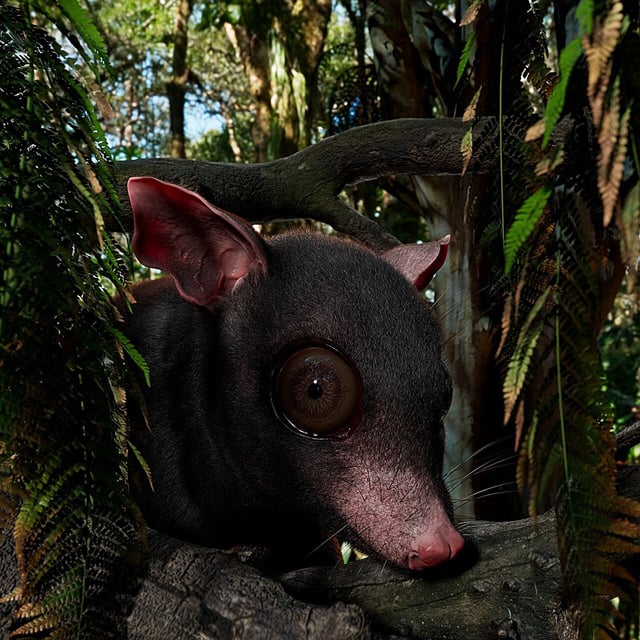Overview
- University of Kansas paleontologists described Swaindelphys solastella based on specimens originally collected by Judith Schiebout decades ago in Big Bend National Park.
- Swaindelphys solastella exceeds previously known Paleocene metatherian sizes, making it the largest Swaindelphys and the most southerly and youngest species on record.
- Specimens were excavated from fluvial deposits that point to a warmer, tropical and densely vegetated landscape in the region 60 million years ago.
- The findings, published this month in the Journal of Vertebrate Paleontology, underscore greater mammalian diversity in North America’s early post-dinosaur ecosystems.
- Ongoing research will test hypotheses that ancient rivers and topographical divides acted as barriers shaping the spread of early mammals and primate ancestors.
